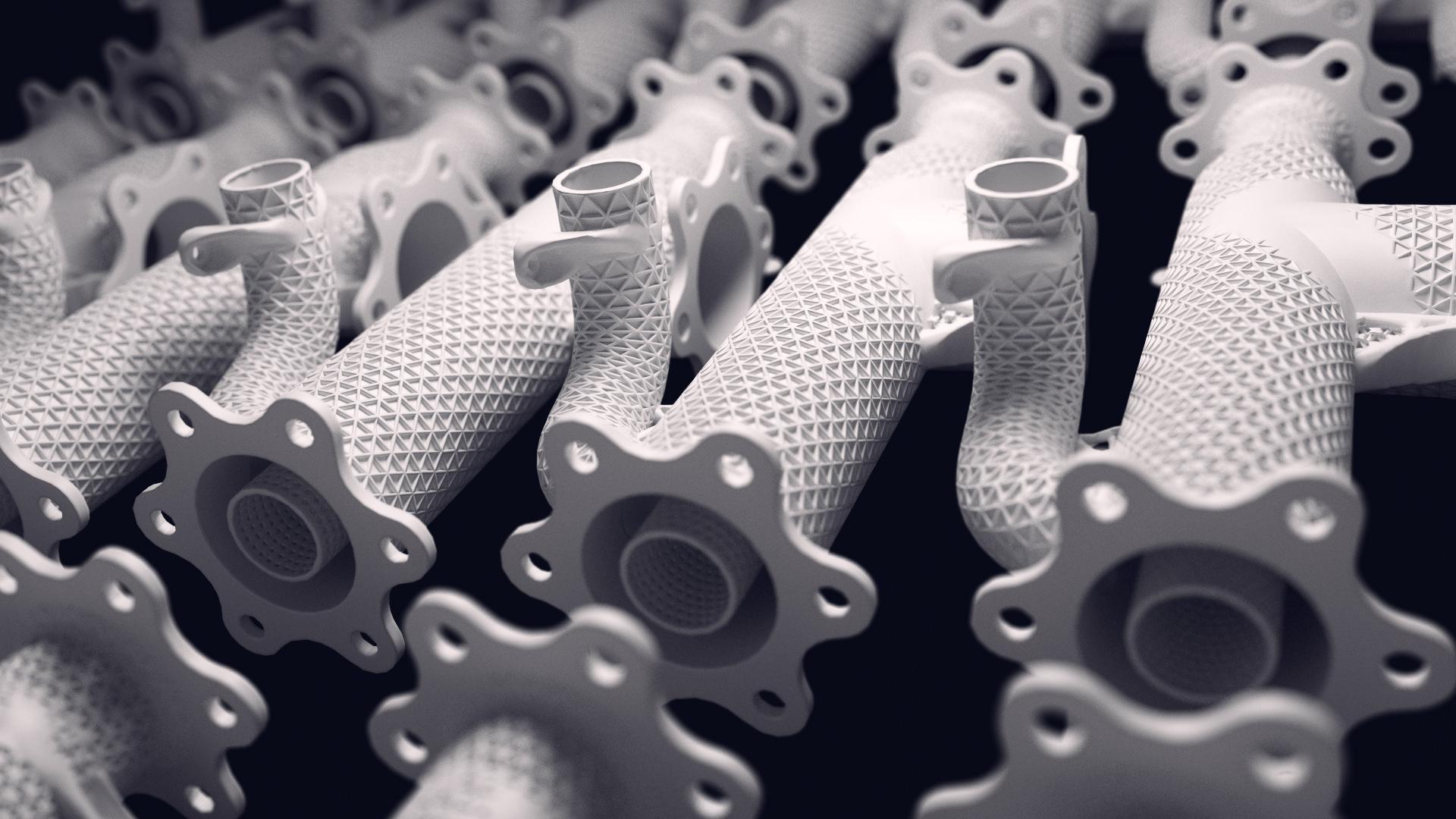Selective Laser Sintering (SLS) is one of the most popular and versatile 3D printing technologies used in the manufacturing industry today. Known for its ability to create strong, complex parts, SLS sintering has become a go-to solution for producing functional prototypes and end-use products. In this article, we will explain selective laser sintering what is it, how it works, and why it is used in various industries. Whether you are new to 3D printing or are looking for an advanced manufacturing technique, this guide will help you understand the advantages of selective laser sintering technology and its applications.
Selective Laser Sintering (SLS) is an advanced 3D printing technology that uses a high-powered laser to selectively fuse powdered material into solid objects, layer by layer. It is one of the most widely used additive manufacturing methods for creating durable, complex parts and prototypes. The 3D printing additive manufacturing is often used in industries like aerospace, automotive, healthcare, and consumer products.
https://www.youtube.com/watch?v=y9PkFBV5138
Author: YedaCenter
Selective laser sintering is a powder-based laser 3D printing process where a high-powered laser is used to fuse fine particles of plastic, metal, ceramic, or glass powders together to create solid structures. Here's how it works step-by-step:
1. Powder Layering
The SLS process begins with a thin layer of powder being spread across the build platform. A roller or blade ensures that the layer is smooth and even.
2. Laser Sintering
A laser selectively melts or sinters (fuses) the powder particles together based on the 3D design provided by the user. The laser scans each layer, adhering the powder together in a pattern that matches the CAD file.
3. Building Up Layers
After each layer of the material is sintered, the build platform lowers slightly, and another layer of powder is spread over the previous layer. The process is repeated until the part is fully formed.
4. Post-Processing
Once the printing is completed, the SLS printed parts are cooled and carefully removed from the remaining powder. Some cleaning, surface smoothing, or additional finishing steps may be needed to achieve the desired final result.
In additive manufacturing, SLS is a powder bed fusion technology where a high-powered laser is used to selectively sinter (fuse) powdered material—such as plastics, metals, or ceramics—into a solid part. Each layer of the part is built up one by one as the laser scans and fuses the powder particles based on the 3D design provided.
SLS works by using a high-powered laser to selectively fuse powder material (usually plastic or metal) in a powder bed, layer by layer, to form a solid object. It is particularly well-suited for rapid prototyping because of its ability to produce durable, highly detailed parts directly from a digital design.
Selective laser melting definition: Selective Laser Melting (SLM) is a more advanced form of powder bed fusion that uses a laser to fully melt metal powder, allowing the particles to fuse into a solid part. Unlike SLS, where the particles are only sintered (fused below their melting point), selective laser melting technology completely melts the material, which results in parts with higher density and improved mechanical properties.
| Feature | Selective Laser Sintering (SLS) | Selective Laser Melting (SLM) |
| Material Types | Primarily plastics (nylon, elastomers), some metals and ceramics | Primarily metals (titanium, aluminum, stainless steel) |
| Fusion Process | Sintering (fusing powder below its melting point) | Melting (fully melting the powder into a liquid state) |
| Part Density | Parts are usually not fully dense, may have some porosity | Parts are fully dense and have superior mechanical properties |
| Strength of Parts | Strong but not as strong as SLM, suitable for prototyping or low-stress applications | High-strength parts, suitable for functional end-use applications |
| Applications | Prototyping, consumer products, medical devices, and some aerospace/automotive parts | Aerospace, medical implants, automotive, and industrial manufacturing |
| Material Cost | Typically less expensive than metals used in SLM | Metal powders are costly, making SLM more expensive overall |
Both SLS and SLM have their place in modern manufacturing and prototyping. If you're focused on producing strong, durable plastic or metal-filled parts for rapid prototyping or functional use, SLS might be the better fit. However, if you need to create high-density, metal parts with superior mechanical properties for end-use, SLM is the more appropriate choice.
Choosing between these two technologies depends on the material requirements, part complexity, strength, and the ultimate use of the final product. By understanding the differences and capabilities of SLS and SLM, you can select the right 3D printing technology to meet your specific needs.
Plastic: nylon (polyamide), glass-filled nylon, nylon-12 (PA12), polycarbonate (PC), thermoplastic elastomers (TPE), polypropylene (PP)
Metal: stainless steel, titanium, aluminum, cobalt-chrome, inconel (nickel-chromium alloy)
Ceramic: alumina (aluminum oxide)
Composite materials: carbon fiber-reinforced nylon
Yes, laser SLS can print metal, but the process is generally more suitable for creating metal parts with lower strength or parts that will undergo further post-processing (such as sintering, infiltration, or surface treatment). If you require fully dense and high-strength metal parts, SLM would be the better choice.
SLS is an incredibly versatile and powerful technology that can help bring your designs to life. Whether you need rapid prototypes, low-volume production runs, or high-performance end-use parts, SLS offers a reliable solution with exceptional material properties.
If you are considering using SLS print service for your next project, it’s important to work with a provider that understands your specific needs and can guide you through the process from design to production.

Popular Scanner Optics Blogs: